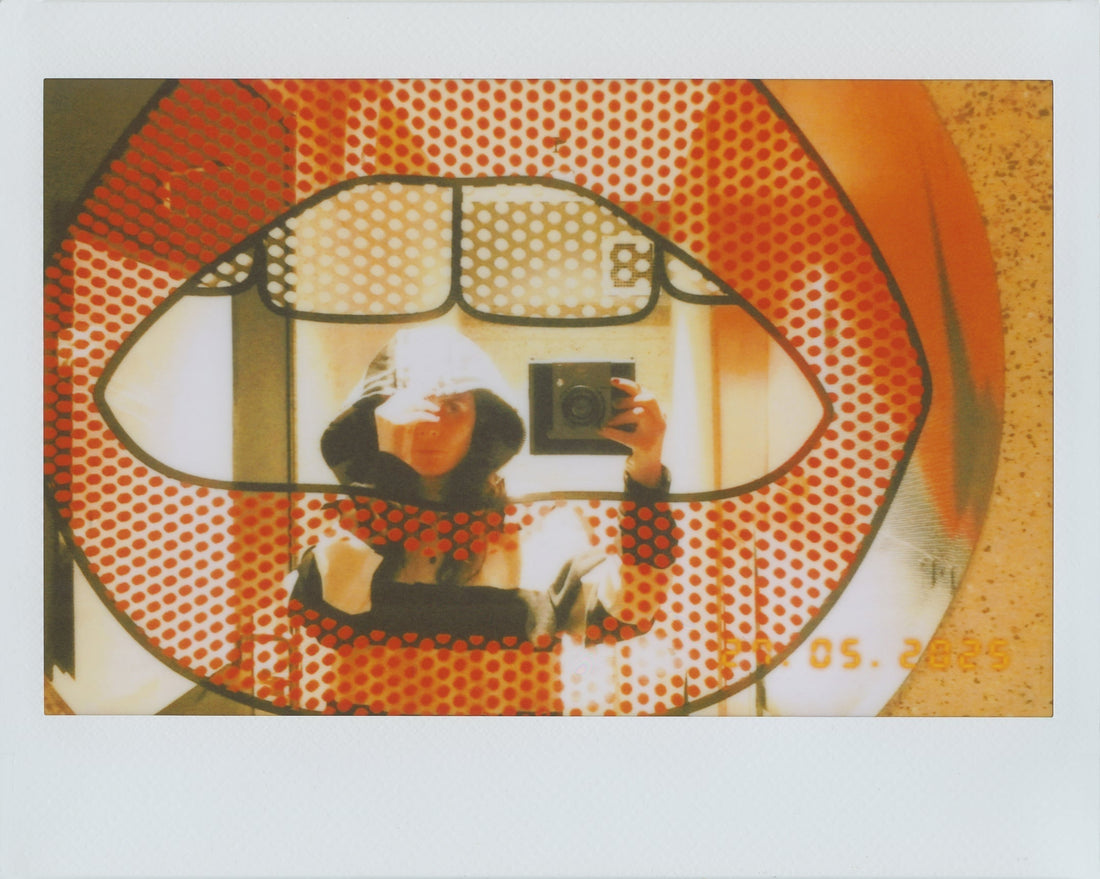
Fujifilm Instax Wide Evo: When Nostalgia Meets the Future
Share
Today I was set the task of roaming around Melbourne’s CBD with the Fujifilm Instax Wide Evo, an instant camera released earlier this year that basically feels like the love child of a Y2K-era digital point-and-shoot and a classic Instax film camera. I’ll admit, I was a bit apprehensive at first. I’d never even laid eyes on a camera like it. As someone who mostly shoots 35mm and only occasionally dusts off her Polaroid, which offers very little control over the final image, I was out of my comfort zone shooting something that blends digital and instant in one go.

When I first picked up the camera, it felt sturdy and solid in my hands. But I quickly noticed something unusual, there was no classic viewfinder poking out the top. Instead, it had a wide digital screen on the back, which threw me off. It’s not what I’m used to. That said, loading the Instax Wide film was super simple and surprisingly beginner-friendly, which made the camera feel a lot less intimidating.

One of the standout features of the Fuji Instax Wide Evo is the added control it gives you over your instant images. You can preview shots on the large screen before printing, which helps reduce film waste, a win for both the environment and your wallet. The settings are super easy to navigate, and being able to tweak things like colour tone or apply filters adds an extra layer of creative control that traditional instant cameras don’t usually offer. There's also plenty of internal storage, and the option to use a micro SD card means you’re covered even if you run out of film or forget to load any. The large screen also makes it easy to compose your shot, check for camera shake, and get a good sense of how your image will turn out before committing to a print. Another interesting feature I really enjoyed was the built-in date stamp; this is something I haven’t seen on instant film cameras before. It’s a great little bonus if you don’t love writing directly on your prints.

Printing was super simple, and I was genuinely impressed by the camera’s ability to make minor adjustments to things like exposure, brightness, and image layout before committing to the final print. It’s a big difference compared to traditional instant cameras, where every shot is limited and final.


Overall, I had a lot of fun playing around with the Fujifilm Instax Wide Evo. It’s beginner-friendly, and I really enjoyed being able to experiment and preview my shots before committing to a final image. That said, I still love handing over that control to the camera and get a bit of a thrill from the unpredictability of waiting for an image to develop. Even if part of me wants to stay in the past, this camera was a clear reminder that we’re living in the future, and it offers an exciting glimpse into what’s possible for instant photography moving forward.

@caitlinxmon <3

1 comment
🔥🔥